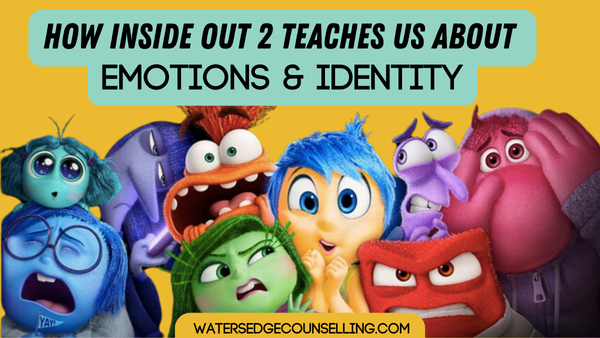
Last week we took a deep dive into the Emotions and characters we met in Disney Pixar’s Inside Out 2 (Read it here)! As our main character Riley enters puberty, her brain goes into demolition mode, and makes room for a slew of new emotions: Anxiety, Embarrassment, Envy, Ennui and Nostalgia.
Together with the original emotions: Joy, Sadness, Anger, Anxiety and Disgust, this team want to help Riley find a true sense of self…and help her to survive being a teenager. But it takes them awhile to figure out how to work together, and to understand why each emotion is necessary.
Kids love learning about the Emotions in Inside Out 2, because they can relate to the characters. By identifying with the Emotions, children (and adults) learn more about emotional regulation and their sense of self. Last week we looked at Joy, Anxiety, Sadness, Anger and Embarrassment. Are you ready to learn about the last (but not least) 5 emotions?
Envy
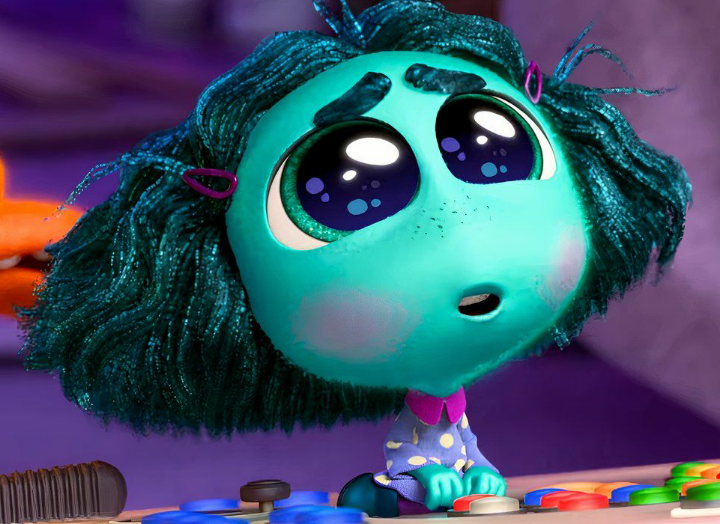
This pocket rocket is new to Riley’s emotions, and she is an expert at reading social cues, understanding what’s socially acceptable and popular, and helping Riley survive. Envy wants Riley to have everything good, and she wants it now. So when Envy and Anxiety collaborate, they fuel Riley’s fight or flight response and empower her to find belonging and to be ‘enough’.
However, when Envy is left unchecked and unbalanced, she throws out Riley’s values and self control. She is at her healthiest as a member of the group, collaborating to identify what situation Riley is in, what she needs, and what she wants.
Disgust
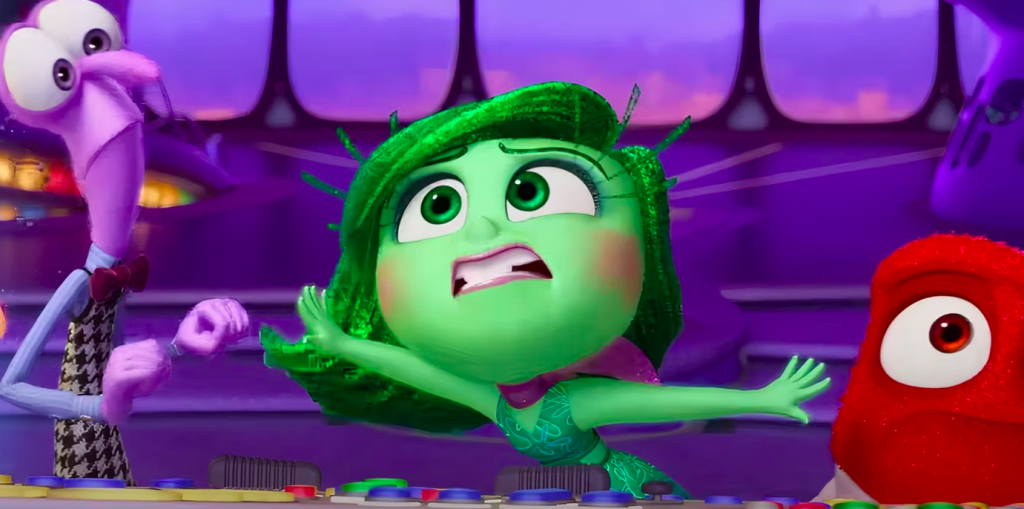
Disgust is back, and after finding her niche with the original team of emotions, she is left repressed and misunderstood when Envy moves in. Disgust’s super power is her ability to identify exact what Riley likes and dislikes, helping her to set boundaries and form opinions based on this.
Without Disgust, Riley lack’s boundaries or a sense of self. However, when the emotions are collaborating – and especially when Disgust is working with Envy, they help Riley to further cement her values, her identity and how she wants to behave and react to things.
Ennui
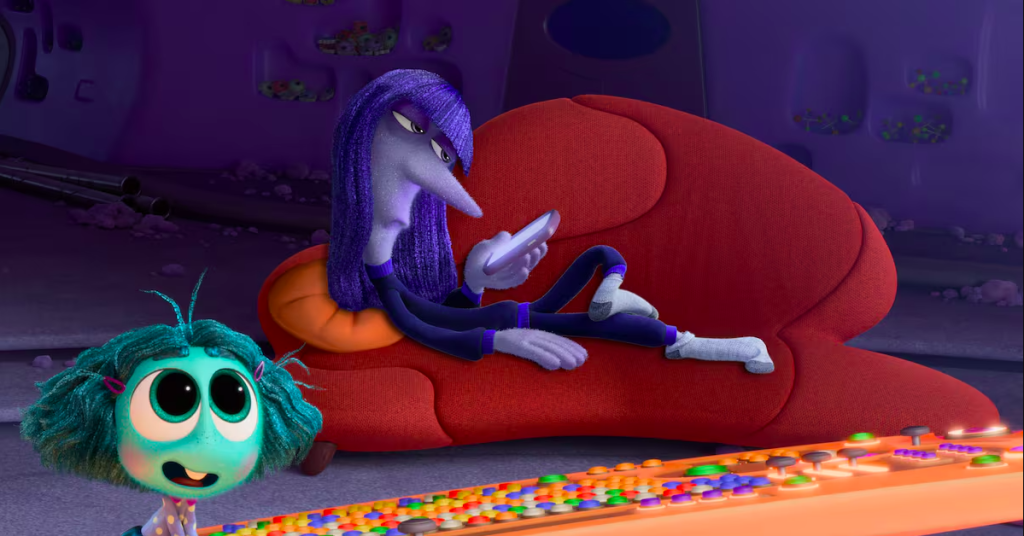
Sometimes, teenagers are portrayed as uncaring and unresponsive. In truth, we all have moments where we are non-committal to things, or don’t have a huge emotional response. We are numb to it, either out of what we value or as a survival mechanism. Ennui is this Emotion.
Pictured as lethargic, unmotivated and always staring at her phone, Ennui protects Riley by making her numb. When Ennui is misunderstood or has control, she isolates Riley and keeps her from connection. But when she is working with other Emotions, she acts as a safe haven for Riley to protect herself, and gives her time to process so her other emotions can step in.
Fear
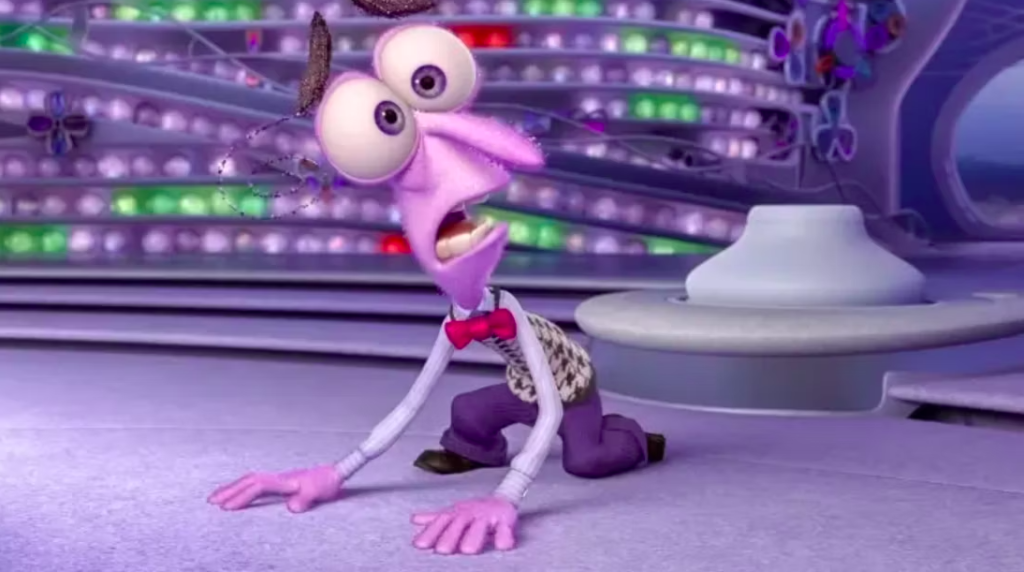
Without Fear, Riley would take all sorts of risks without considering the consequences. Fear finds his feet in the first movie when he trusts Joy and the other Emotions enough to let Riley take educated risks and try new things.
But when Anxiety takes over in the sequel, he is suppressed. And instead of processing what could be immediate real and present danger, Riley gets caught up in a panic about what COULD go wrong. When Fear and Anxiety work together, they can help Riley be wise, careful, create stability and plan ahead.
Nostalgia
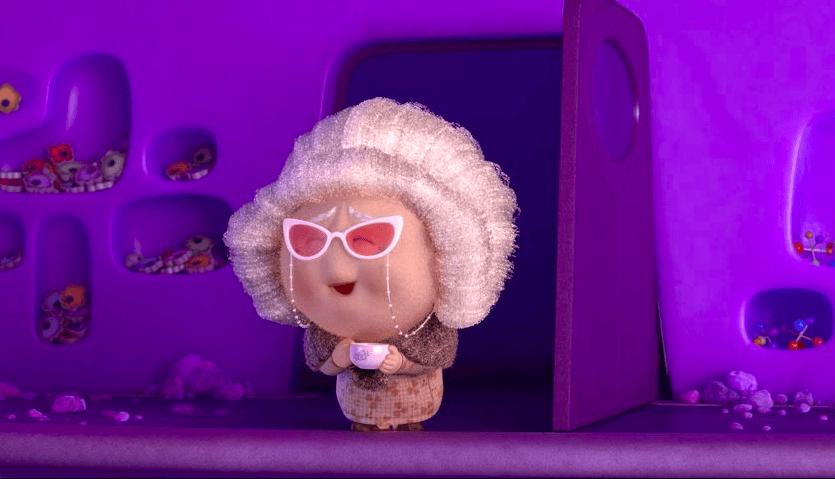
Nostalgia doesn’t get much of a look in during Inside Out 2, mainly because Riley is still young and forming her sense of self. She will emerge in a few years, and partner with Riley’s other emotions to identify important or repressed memories, create a deeper sense of self, and forge a sense of wisdom.
Want to know more about Inside Out 2 characters? Read Part One here.